Have you ever shopped around for an air purifier?
If you have, then you already have an ideal of the large gamut of features and choices you have to choose from.
And It is very hard to look at a box on a shelf and determine if the item inside is any good or not.
Most air purifier packaging have something about “great for pets” or “removes allergens up to 99 million percent”.
They’re all amazing apparently.
And they’re all Wi-Fi enabled, ready to send you a text when it’s time to replace the filter.
Ah yes, the filter…
 Air Purifier Price – Replacement Filters
Air Purifier Price – Replacement Filters
It shouldn’t be too much of a surprise that you have to replace filters in air purifiers.
We all have motor vehicles that take upkeep and replacement filters from time to time so it’s not like we’re not used to it.
But the quality of the filters and the frequency of replacing the filters has a big impact on how much an air purifier costs.
Because you are not just buying an air purifier once, you are buying it over and over.
Because when it gets down to it, the part of the air purifier that does the actual air cleaning is the filter or module.
It’s the essential part of an air purifier and it has to be replaced, and fairly often to do an adequate job.
Let’s face it, replacement filters are the real air purification industry.
So much so that many air purifier companies try to have you sign up for replacement filters that come to your door on an auto ship program.
And if you’re selling air purifiers it’s all good news to you. Because you’re not just selling the air purifier, you’re selling a recurring membership to the air filter of the month club .
And there is certainly nothing wrong with commerce.
But from a consumer’s point of view, you should also be aware of how the air purifier industry works,
and when it comes down to it, what is the actual cost of that air purifier that you are eyeballing going to run you.
 Combination Air Purifier filters
Combination Air Purifier filters
Combination filters for air purifiers are easily the main style of air filters that you are going to run into.
Combination filters are a combination of a HEPA filter and a carbon filter.
Though they are truly more convenient because you only have to replace one part of the air purifier, they are also easily the most expensive.
Why wouldn’t they be, you’re buying two air filters in one.
You’ll find that some of the main and most popular brands of air purifiers like Levoit and BlueAir are using the combination HEPA and carbon filter.
But the problem arrives when you realize that you cannot use the filters individually.
You may be thinking “why would you want to?”
But did you know for instance, that carbon filters have a sweet smell?
They do. Almost a “birthday cake” sweet smell.
Some makers of carbon filters even use that smell as an indicator of when to replace your carbon filter.
Because once the smell starts to give out, it means the carbon has absorbed as much as it’s going to absorb.
All good.
But you should be aware of that before you purchase a filter that you cannot separate one from the other.
Another thing to remember is that you do not always have as much use for a carbon filter as you do the HEPA filter.
Carbon is a good odor and gas absorber when you need one. But that’s not usually as often as you need the HEPA filter.
The HEPA filter is the one that is primarily removing airborne particles like pollen and dust that are at the heart of most household allergens.
And you should know that before I say this,
that cleaning your own HEPA filter will definitely reduce the effectiveness and ability of it to capture airborne particles,
That being said, it is still done.
Activated Carbon filters on the other hand are more like a sponge than a traditional filter,
And once you get them wet, they’re pretty much done.
So if you ever want to do any type of do-it-yourself cleaning job on your filter,
It will not exactly be something you can do with a combination HEPA and carbon filter.
HEPA filters have long been the standard in air purification. They are manufactured in such a way that they are required to capture pollutants as small as .03 microns.
Though if you have been shopping for an air purifier lately, you probably noticed that most of the most popular air purifiers with combination filters are also featuring The H13 filter.
The H13 filter is HEPA filter designed to capture pollutants as small as .01 parts per million.
This filter is advertised as a hospital grade filter that can capture the tiniest of particles including viruses, germs, and bacteria.
I can’t say whether or not these filters can capture pollutants as small as viruses or not,
But I can tell you for sure that having a filter with an even smaller path for air to move through will cause the filter to degrade much faster.
A tighter filter will simply get filled that much faster and reduce the period of time between filter replacements.
Air Purifier Price -The Main Point
When you purchase an air purifier that requires a combination filter, you will have to purchase and replace both the HEPA and the carbon filters at the same time,
Because regardless of whether they have both had the same amount of use, they are tied together and can’t be separated.
 Air Purifier Price- The Real Cost
Air Purifier Price- The Real Cost
When it comes to purchasing an air purifier, there’s definitely more to the story than you may initially have thought of.
“Filters are the back end of the air purifier industry and they are really where the majority of the money is made.”
And where the majority of the money is spent by the consumer.
Most of the popular air purifiers these days including brands like Levoit and BlueAir require a periodic replacement filter that is a combination of HEPA and carbon.
Though it is very convenient it may sound great on the surface,
You should be aware of a few things before purchasing an air purifier but this type of replacement.
1. Carbon filters have a sweet smell.
If you find that you do not like the sweet smell of the carbon filter, there is no way to simply remove that filter and use the HEPA filter only.
2. Usage
The HEPA filter is the main filter that you will get the most functionality out of. It is the filter that captures the air particles like pollen and mold spores that are primarily known to be household allergens.
3. DIY filter cleaning
Though there is really no way to clean the HEPA filter yourself and get the same level of effectiveness out of it, it is still done and people do it all the time
A Carbon filter on the other hand, can’t be washed and water will completely render it useless.
Combination filters don’t give you the option of just cleaning the HEPA filter.
4. More Than You Need
Lastly, the combination HEPA filter that I am talking about has in the last year or so begun to feature the h13 style HEPA filter that is supposed to capture everyone contaminants as small as 01 microns versus the standard 03 microns.
Whether or not they are successful they’re doing so, I don’t know.
But since the filters are that much more tightly woven together, they will definitely need replacing more often.
“The Price of Air Purifiers is the initial cost of the air purifier plus the frequent filter replacements that are required for the air purifier to function adequately.”
You would have to admit, the replacement combination HEPA and carbon filter is a pretty crafty way of making a lot more money selling filters on the back end.
Just something to gnaw on….

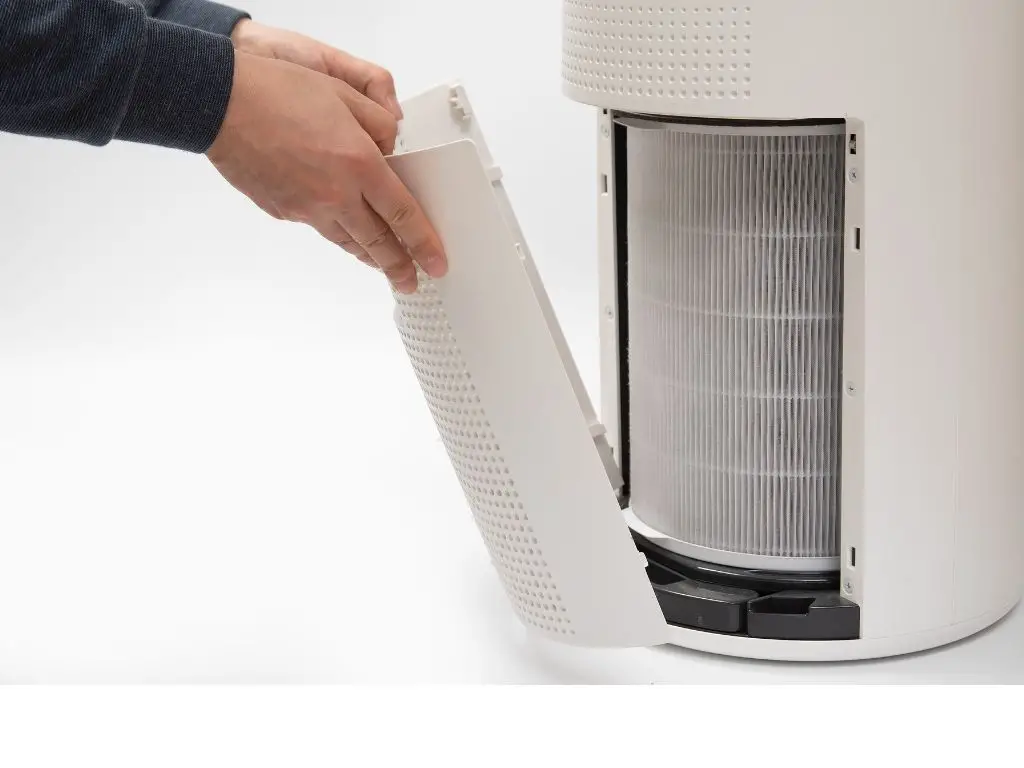
 Air Purifier Price – Replacement Filters
Air Purifier Price – Replacement Filters Combination Air Purifier filters
Combination Air Purifier filters Air Purifier Price- The Real Cost
Air Purifier Price- The Real Cost
 1. Condensation on the windows
1. Condensation on the windows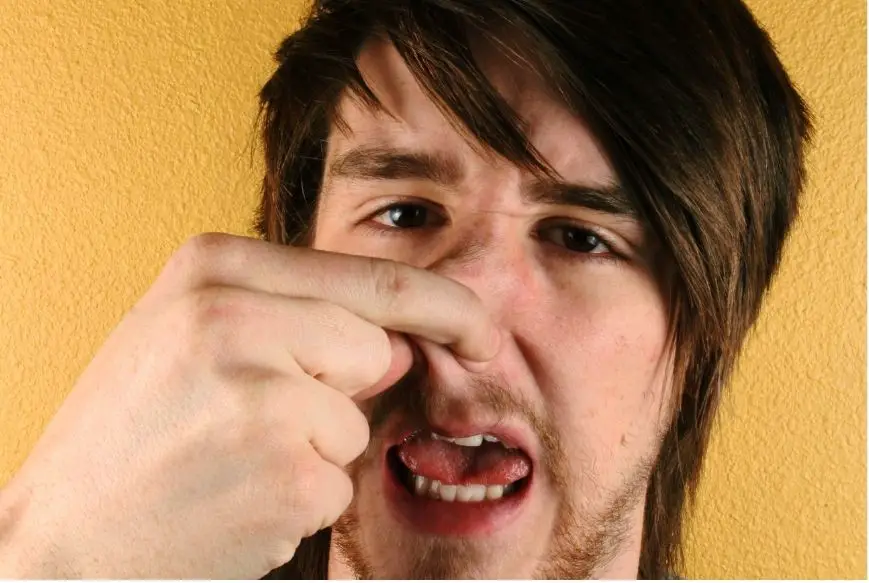 5. The smell of mildew
5. The smell of mildew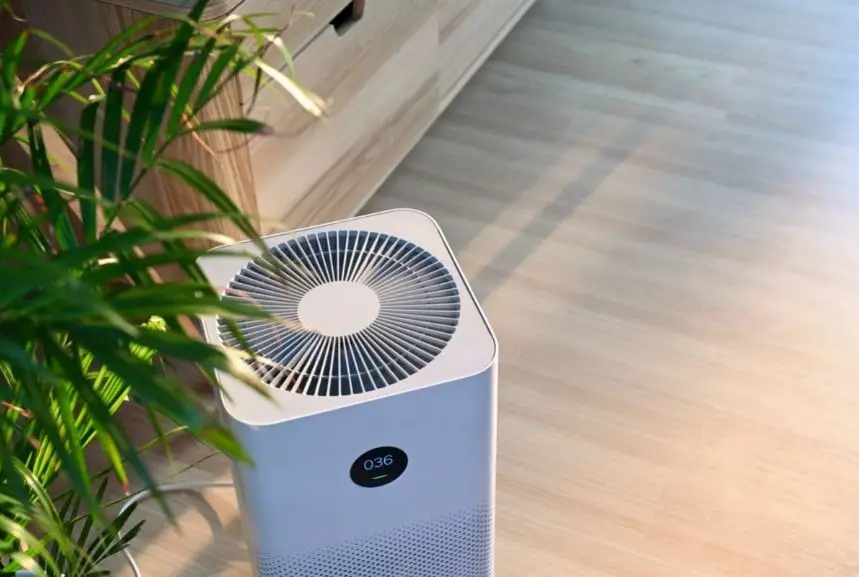
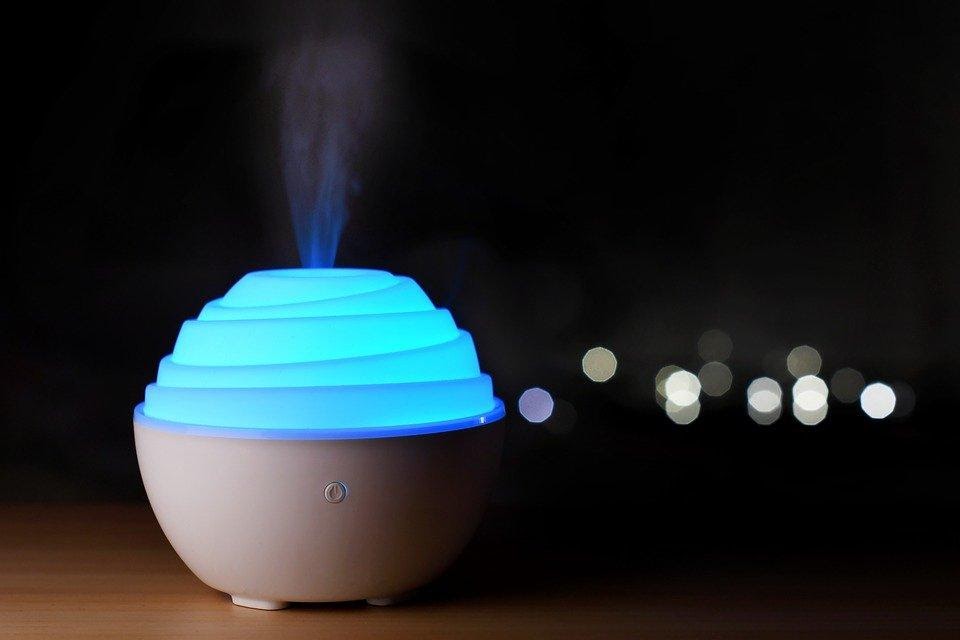 Achieving a relaxing atmosphere is an integral part of making your space enjoyable. This includes the air, fragrances, and other elements that create this atmosphere.
Achieving a relaxing atmosphere is an integral part of making your space enjoyable. This includes the air, fragrances, and other elements that create this atmosphere. 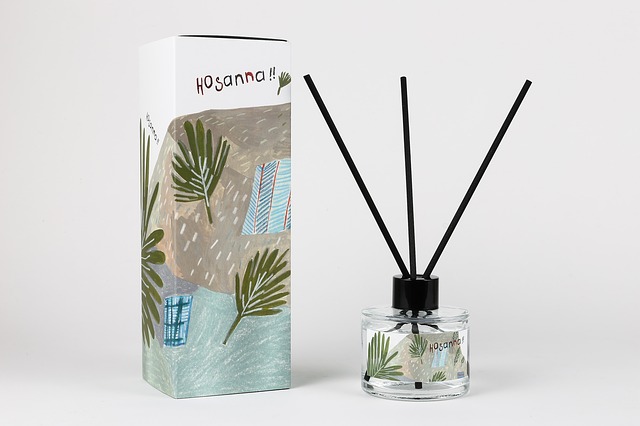 Bottom Line
Bottom Line







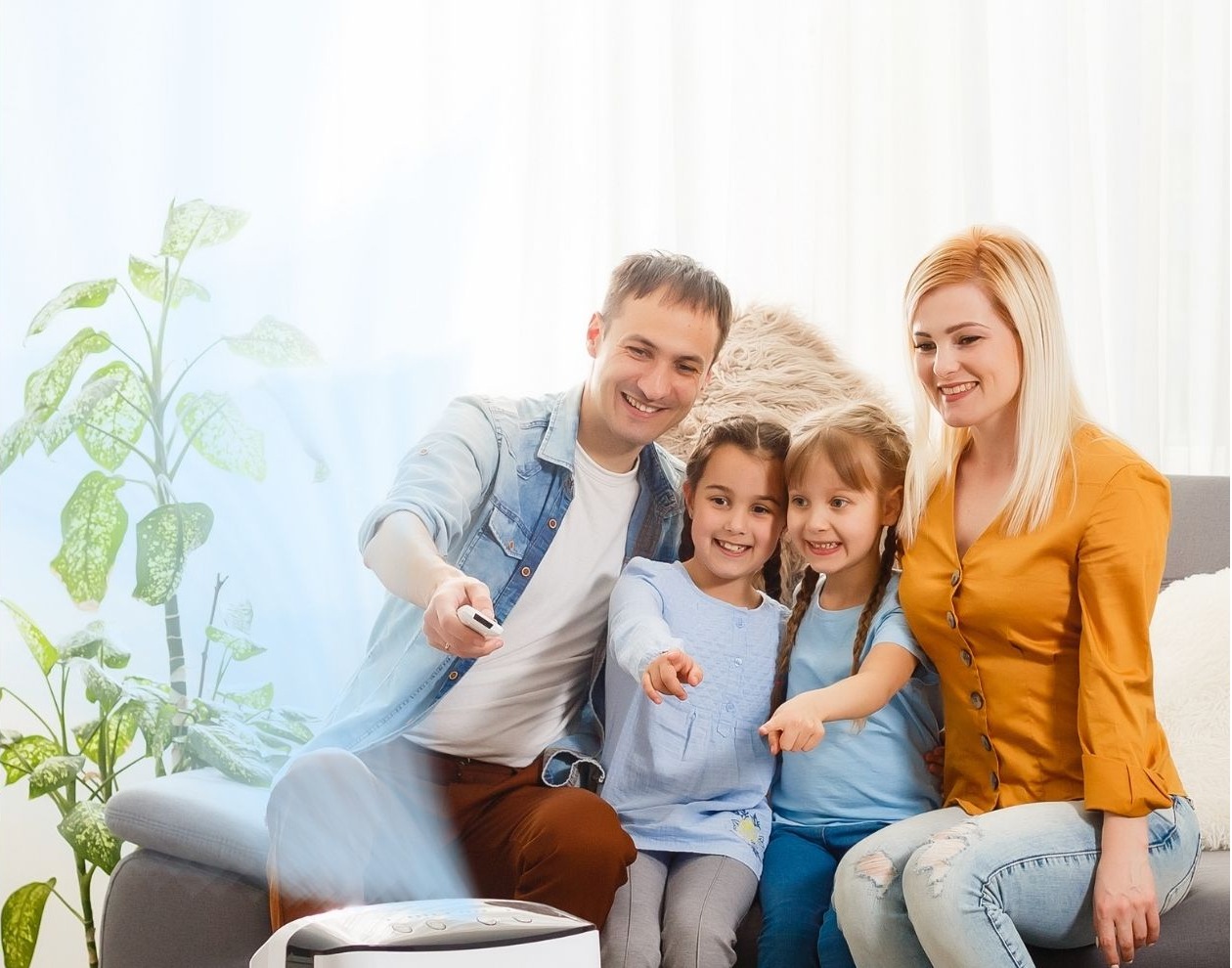

 They know that if they sell you a separate HEPA filter and a separate carbon filter that even though you will not be able to get a 100% clean result, you can still clean a HEPA filter pretty well and make it last much longer.
They know that if they sell you a separate HEPA filter and a separate carbon filter that even though you will not be able to get a 100% clean result, you can still clean a HEPA filter pretty well and make it last much longer.

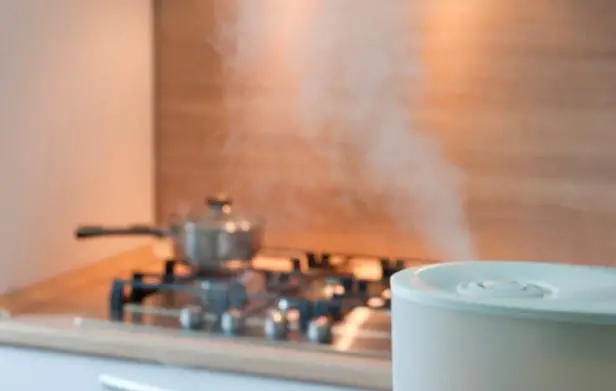 As per the
As per the 
